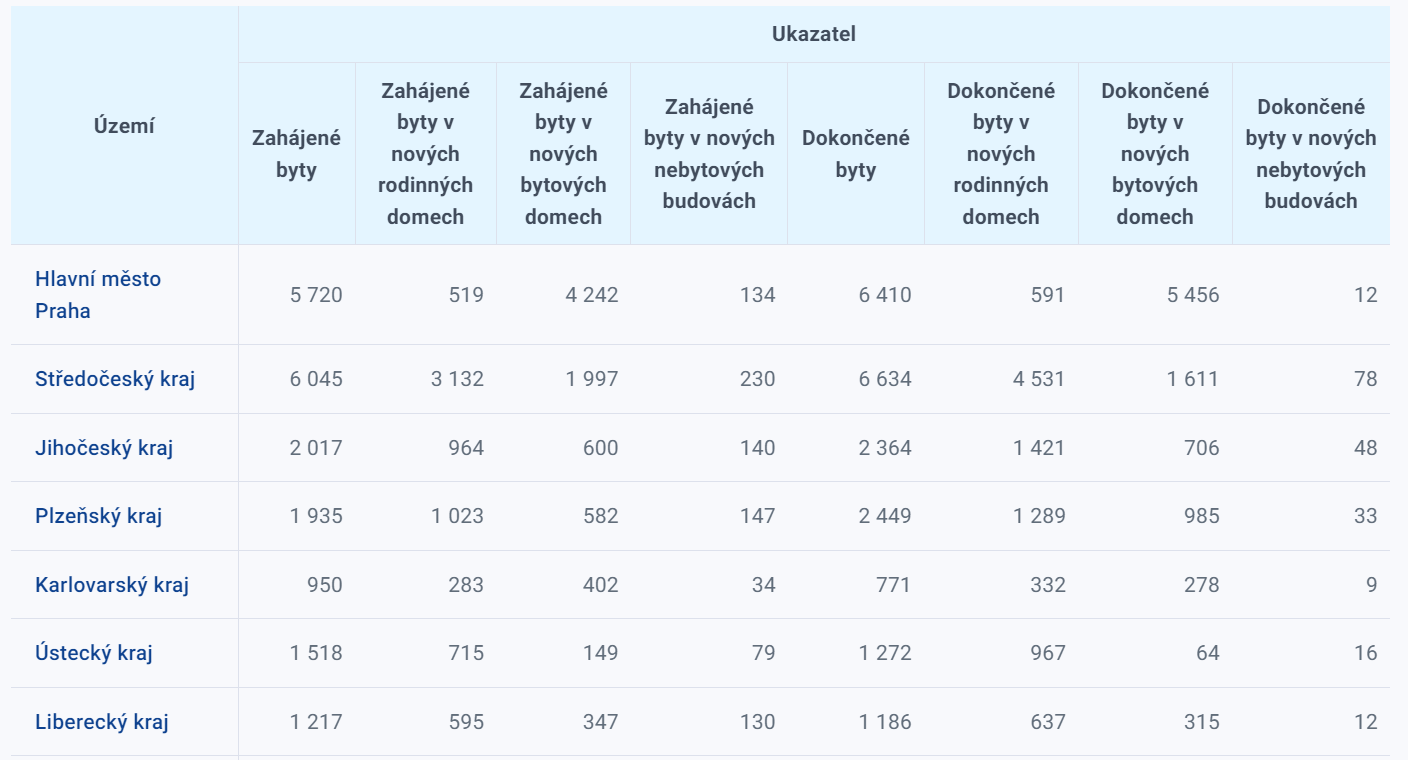Where we get our information at TRITON IT
In marketing, we often encounter intuition or personal opinion that can influence decisions about strategies and campaigns. Feel-good decision-making can be quick and sometimes effective, but in an increasingly competitive environment, it's impossible to rely on gut instinct alone. Hard data and analytical approaches provide a much more accurate and reliable basis for building successful marketing campaigns. Making data-driven decisions is the path to efficiency, better results and cost savings.
How we work with data at TRITON IT
At TRITON IT, we hold firm to the principle that marketing cannot be done effectively without reliable and accurate data. In a world where customers are increasingly selective in their response to content, hard data is the best support for decision-making and planning marketing activities, allowing us to understand user behaviour, identify trends and predict what content will have the greatest impact. Without this information, marketing would be mere guesswork, which would not only reduce the effectiveness of campaigns but also unnecessarily increase costs.
Conversely, properly evaluated data gives marketers a clear view of what their audience really wants, how they interact with content, and the most effective way to meet those needs. Successful campaigns are based on an accurate understanding of customer needs and careful measurement of results to further optimize them.
What can the absence of data cause?
If you choose to rely solely on feelings and intuition, it can have a negative impact on your marketing efforts. Here are a few risks:
- Incorrect targeting
Without data, it's easy to target campaigns to the wrong audience. It can mean wasted time and money because the message won't reach the right people at the right time in the right place.
- Underestimating the competition
Without regular monitoring of competitors and their performance, your business can fall victim to their well-targeted campaigns. Data can reveal what strategies your competitors are using and adjust your strategy to be more effective.
- Poor budget optimisation
Marketing budgets are not unlimited. Without data, you may be spending unnecessarily on ineffective campaigns and channels instead of investing where it delivers the best results.
- Failure to respond to change
Data allows you to track the progress of campaigns in real time and adjust them on an ongoing basis. Without this ability, you risk investing in a strategy that no longer works.
Where we get our data at TRITON IT
At TRITON IT, we rely on several key sources to provide us with the data we need to create effective marketing campaigns and tailored software solutions:
1. Web user behavior data
Through precise measurement, we get a complete picture of how users are navigating our clients' websites. We collect data on visitor numbers, conversions, lengths of stay on the site or exits from the site. This data is aggregated in tools such as Google Analytics and we regularly evaluate it. We use Looker Studio to visualize this data, which allows us to clearly display the results and create regular reports for clients. Read our article on how to set up measurement on your site.

2. Data from the Webmedea analytics tool
An external view of the market and an overview of our clients' competitors is provided by the WebMedea tool. Thanks to Webmedea, we have an overview of keyword searches, link portfolios, competitors' paid advertising activities and other relevant factors that help us analyze the market and determine the optimal strategy.

3. Public statistical data
We are able to use accurate data, for example from the statistical office, and form additional pieces of information for the marketing strategies we are preparing. To process large amounts of such data, we use artificial intelligence, which can effectively aggregate and link data and create concise but concise reports.

4. Offline data
We do not limit ourselves to public and online sources. We also collect valuable information from the offline environment, such as customer queries on help lines, feedback from stores or face-to-face meetings and client systems. We combine this data with the rest to create comprehensive insights. This helps our clients better understand their customers' needs and evaluate their sales and marketing more effectively.
5. Mining big data
In order to most effectively target advertising or create a quality data base for new software, we leverage freely available data that we mine in bulk from the internet using scripts and bots we have created. We also use artificial intelligence to post-process the data. We then use this data, for example, as the basis for geo-targeted RTB advertising or customized software development. This is how we successfully mine the coordinates of all gyms in the Czech Republic and precisely target our clients' advertising to their visitors. This has enabled us to move away from already compiled third-party audiences.
How we create content based on data
Successful content must not only attract readers, but also retain them and get them to take action, ideally in the form of a conversion. That's why our data-driven content strategy combines all of the aforementioned sources - data from the web, marketing data from Webmedia, and feedback from offline. Based on this information, we create content that precisely matches the needs of the target audience while being optimized for search engines so that people can easily get to it.
In addition, we involve artificial intelligence in the content creation process. For example, we use ChatGPT to conduct research and create article outlines, and MidJourney helps us create preview images. AI provides us with quick and relevant input, which we then build on.

Feelings versus data
Emotional decision-making in marketing is based on personal experience, intuition and sometimes beliefs about what might work. An experienced marketer may have guesses based on their past successes or failures. However, in an environment that changes rapidly (whether it's customer behavior, technological innovations, or market dynamics), you can't just rely on intuition and assume that what worked yesterday will work tomorrow.

Making decisions based on the right data provides concrete answers. Analyze customer behavior, identify patterns and trends, compare different campaign options and optimize strategies based on real numbers. For example, what keywords bring the most traffic? Which pages lead to the most conversions? What metrics to choose to evaluate a campaign? How to measure the B2B sales process after the deal is closed? Data can answer all of these questions.
Connecting hard data and artificial intelligence
Our goal is to continuously improve the quality of our marketing activities. Therefore, in addition to standard tools, we use artificial intelligence, which we actively integrate into our processes and develop our own AI tools. We also get information about AI developments from training courses, conferences and workshops, which we have access to thanks to our membership in the Czech Association of Artificial Intelligence. We also actively participate in discussions and follow trends in industry groups on social media.
This broad reach allows us to not only keep up with current trends, but also to quickly apply AI to our projects and provide clients with innovative solutions that are based on the latest industry knowledge.